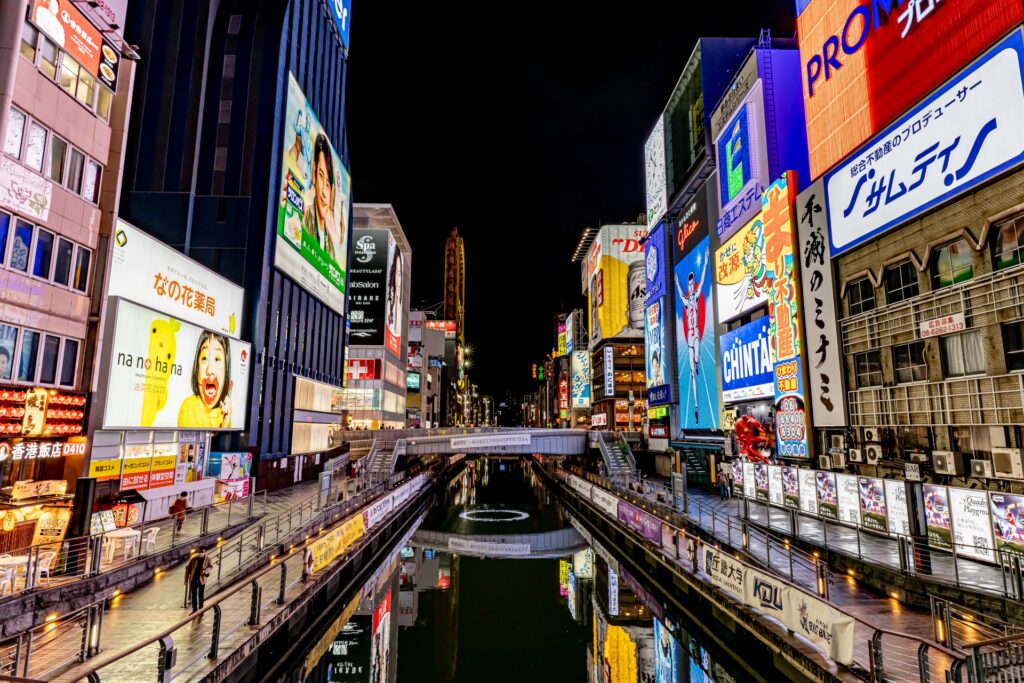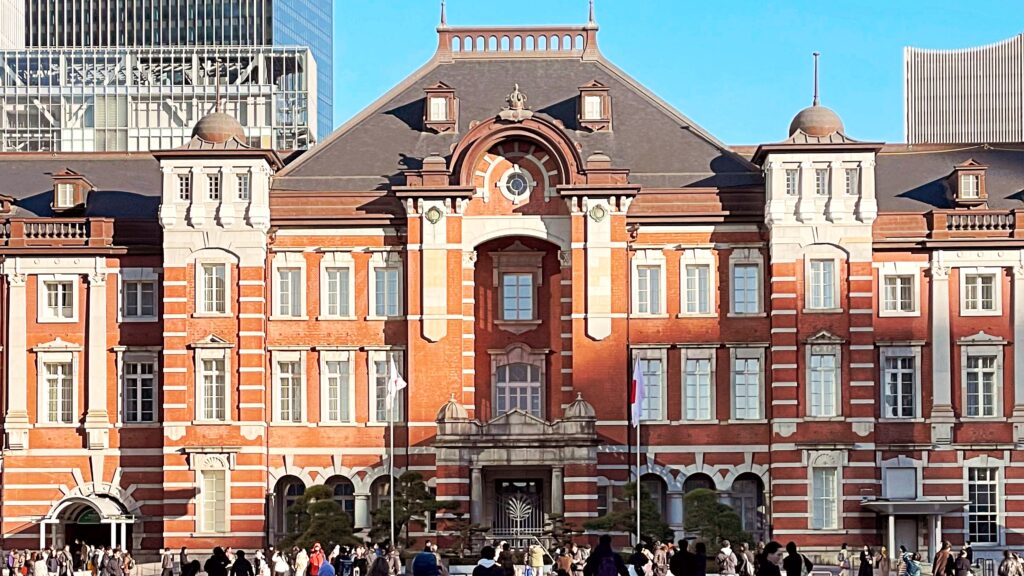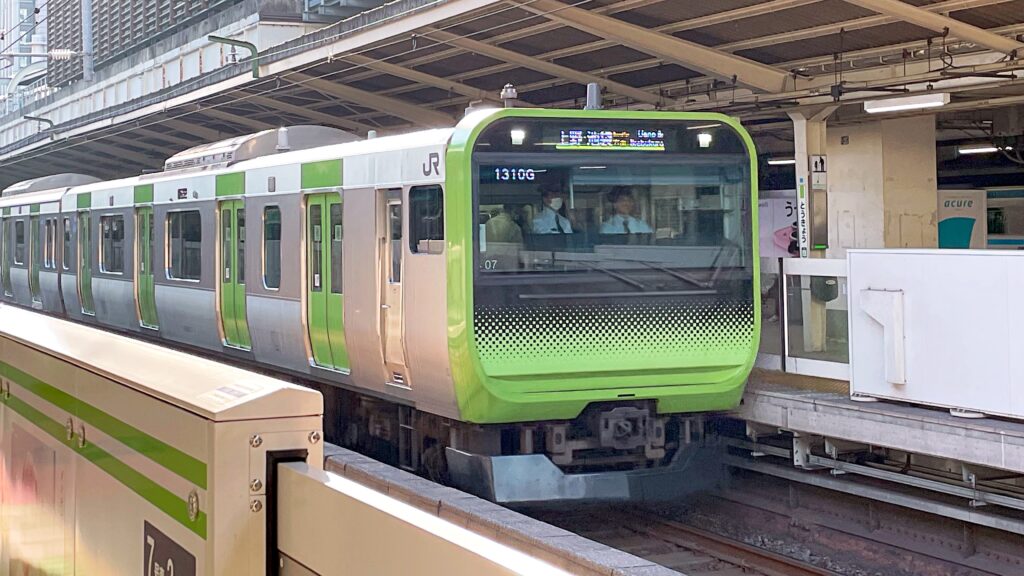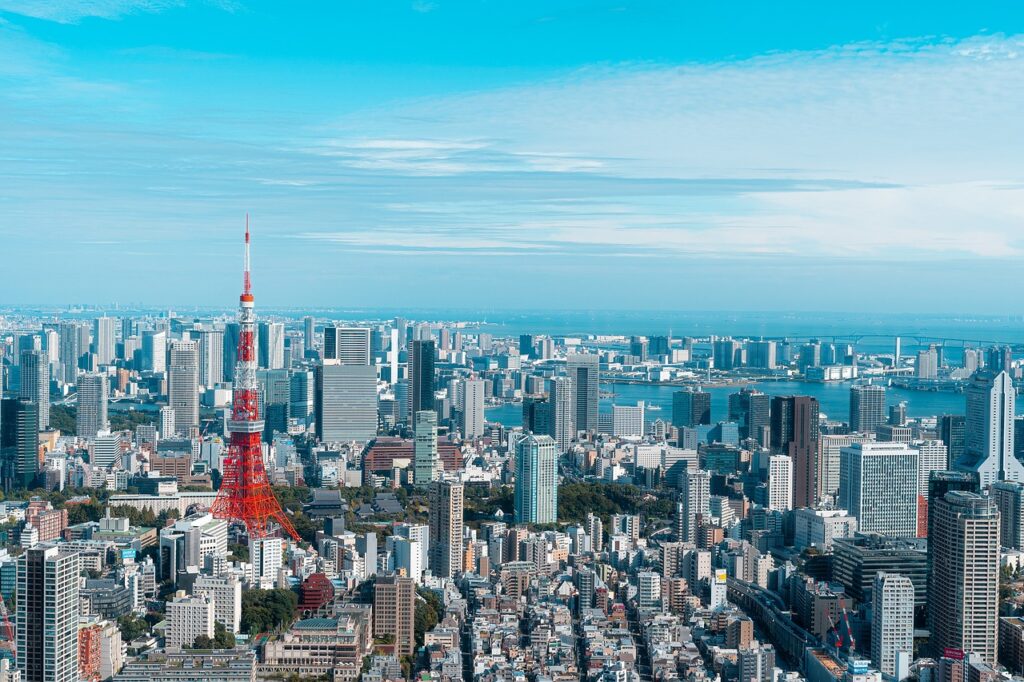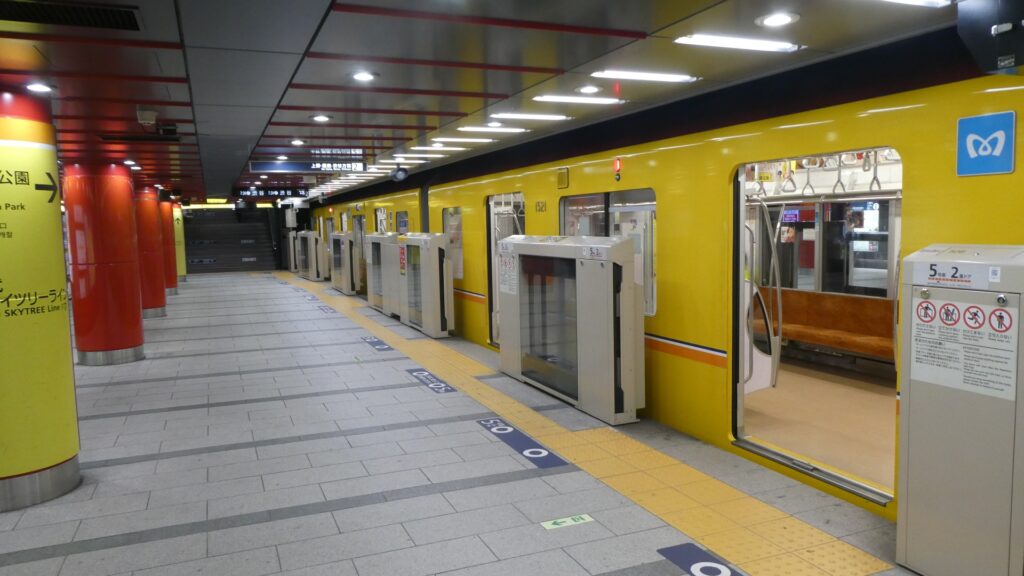Introduction: Why Osaka History Still Matters
Osaka is Japan’s third-largest city and a vital hub of culture, commerce, and creativity. But to truly understand its present and future—including the much-anticipated Expo 2025 Osaka, Kansai—you must first explore its rich and layered past. Osaka history is a timeline of transformation, resilience, and innovation, stretching from ancient capitals to futuristic visions.
In this article, we’ll guide you through the major milestones that shaped Osaka into the metropolis it is today. From ancient emperors and bustling merchant towns to wartime destruction and modern revitalization, Osaka history offers profound insights into Japan’s national story.
Ancient Osaka: The Birthplace of Japanese Civilization
5th–7th Century: Naniwa, the Ancient Capital
The earliest known phase of Osaka history begins in the 5th century, when the area known as Naniwa emerged as a vital port and trading hub connecting Japan to the Asian continent, especially China and Korea. By the 7th century, Naniwa briefly became an imperial capital under Emperor Kotoku.
🏛 Key Event (645 AD): Construction of Naniwa-no-miya Palace, Japan’s first permanent imperial palace.
Naniwa’s location—situated between the Yamato region and overseas routes—made it a strategic political and economic center. Though it lost capital status to Kyoto and Nara, its legacy remains embedded in Osaka’s DNA.
Medieval Osaka: Temples, Castles, and Civil War
1496–1580s: The Rise and Fall of Ishiyama Hongan-ji
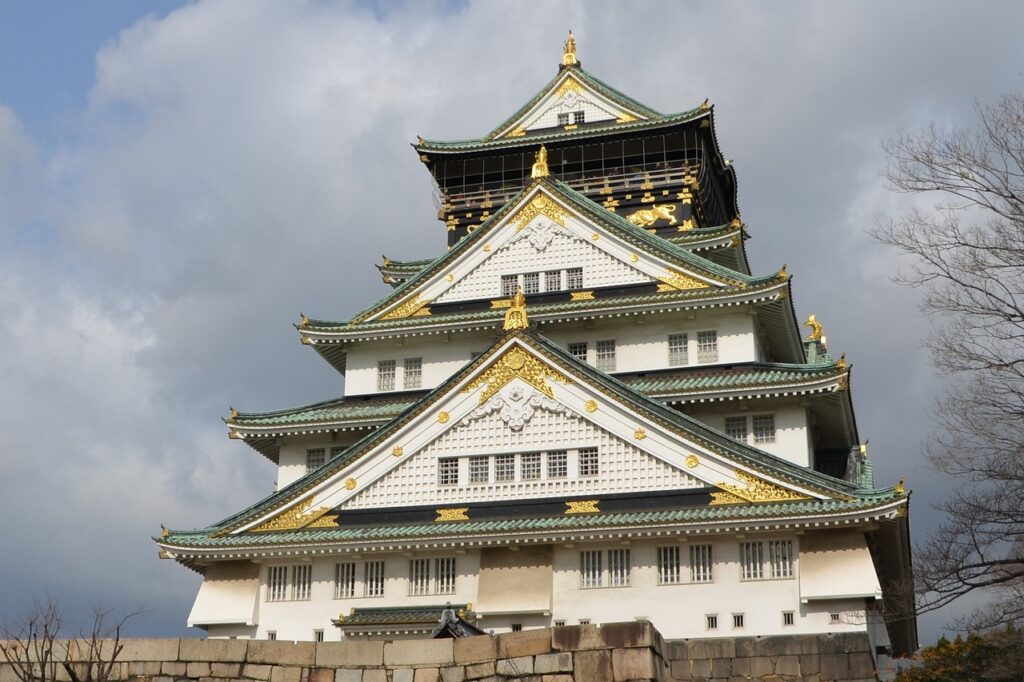
The late medieval period saw Osaka emerge as a spiritual and military stronghold. In 1496, Ishiyama Hongan-ji, a massive fortified temple complex, was established as the headquarters of the Jōdo Shinshū Buddhist sect.
⚔️ Key Event (1570–1580): The Siege of Ishiyama Hongan-ji between the warrior monks and Oda Nobunaga, who sought to unify Japan.
The 10-year siege ended with the temple’s destruction, but its location became the future site of Osaka Castle.
1583: Osaka Castle and Toyotomi Hideyoshi
The next chapter in Osaka history begins with Toyotomi Hideyoshi, one of Japan’s “Great Unifiers.” In 1583, he began construction of the majestic Osaka Castle, turning the city into a political and military base.
🏯 Osaka Castle became the center of national politics until Hideyoshi’s death and the rise of the Tokugawa shogunate.
Though the original castle was later destroyed during the Siege of Osaka (1614–1615), it laid the foundation for Osaka’s future as a major urban center.
Edo Period (1603–1868): The Merchant Capital of Japan
During the Tokugawa Shogunate, the capital was in Edo (modern-day Tokyo), but Osaka flourished as the “Kitchen of the Nation” (tenka no daidokoro) due to its central role in rice distribution and trade.
17th–19th Century: Economic and Cultural Boom
- Osaka became Japan’s leading merchant city, home to wealthy trading houses and vibrant kabayaki (eel) and kamigata (classical performing arts) cultures.
- The Dōtonbori entertainment district was developed, and bunraku puppet theater and rakugo storytelling flourished.
- Canals, such as the Neya River, made Osaka a “water city” facilitating logistics and communication.
🧭 Osaka history fact: The Osaka Exchange was one of the world’s earliest commodity exchanges, dealing in rice futures as early as the 18th century.
Meiji Era and Modernization (1868–1945)
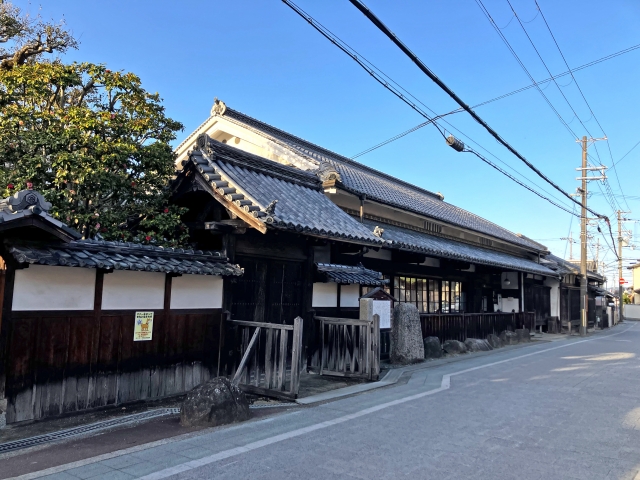
The Meiji Restoration brought sweeping modernization. Trains, Western architecture, and industrialization transformed Osaka into Japan’s first major modern industrial city.
Industrialization and Infrastructure
- The opening of Hanshin Railway (1905) and Osaka Municipal Subway (1933, Japan’s first) connected Osaka to the Kansai region.
- Modern infrastructure, such as bridges and power plants, fueled the city’s rapid growth.
However, Osaka also experienced the dark side of modernization during World War II.
1945: Destruction in Air Raids
💣 Key Event: Osaka was heavily bombed by U.S. forces in 1945, suffering massive destruction of homes, factories, and cultural sites.
Despite the devastation, postwar Osaka showed remarkable resilience and would soon rise again.
Postwar Osaka: Recovery, Growth, and Expo '70
1950s–60s: Economic Recovery
- Osaka quickly reestablished itself as an industrial and commercial powerhouse.
- The rise of electronic manufacturing, textiles, and machinery made it Japan’s “workshop of the nation.”
1970: Expo '70 – Osaka on the World Stage
🌐 Key Event (1970): Japan hosted its first World Expo in Suita, Osaka.
Expo ’70 symbolized Japan’s postwar rebirth. Designed by visionary architect Kenzo Tange, the event attracted 64 million visitors and featured groundbreaking architecture, including the Tower of the Sun by artist Taro Okamoto.
This event put Osaka on the global map and set the stage for future international collaboration.
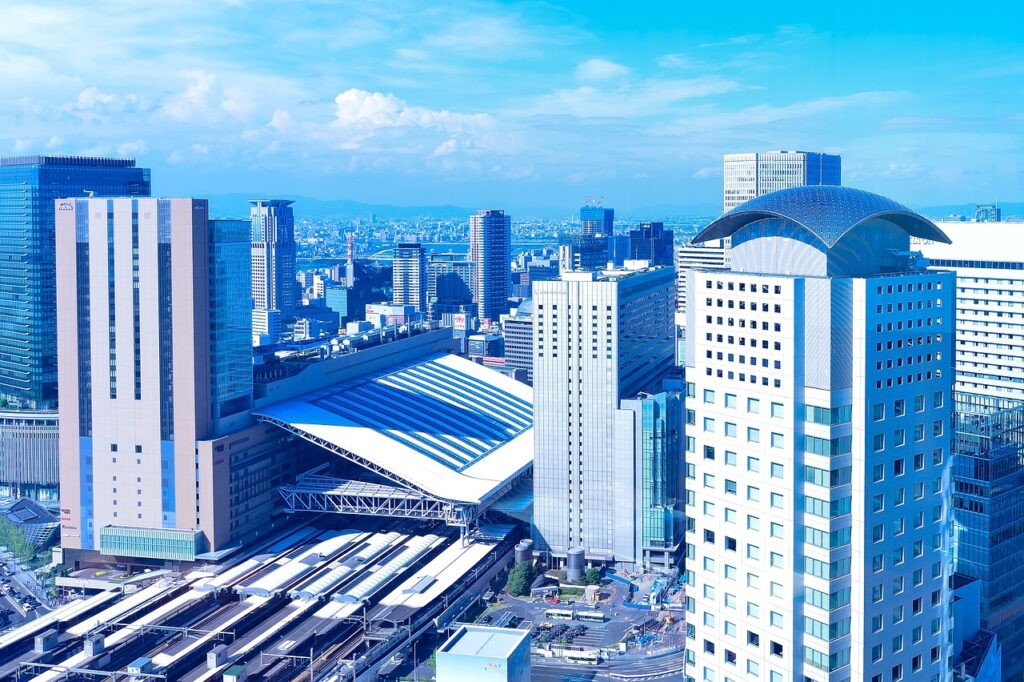
Late 20th Century: Decline and Reinvention
While Tokyo rose in prominence during the bubble economy of the 1980s, Osaka faced challenges:
- Urban sprawl and declining industry
- Competition from Tokyo’s financial dominance
- Aging infrastructure
Yet, Osaka history during this period reflects a continuous effort to redefine itself. The city embraced cultural tourism, heritage preservation, and regional revitalization through projects like Universal Studios Japan (opened 2001).
21st Century Osaka: Toward a Global Future
As Osaka entered the 21st century, it doubled down on innovation, internationalism, and smart urban planning. It became known for:
- Cutting-edge robotics and biotechnology
- A thriving start-up ecosystem
- Green city initiatives along the Yodogawa River
Expo 2025 Osaka, Kansai: The Next Chapter
🌍 Key Future Event: Expo 2025 Osaka, Kansai (April 13 – October 13, 2025)
Set to be held on Yumeshima, an artificial island in Osaka Bay, Expo 2025 will explore the theme “Designing Future Society for Our Lives”.
Why It Matters for Osaka History
Expo 2025 is not just a forward-looking event—it’s a continuation of Osaka history as a global connector and innovator. It reflects the city’s transformation from ancient port to modern megacity, and now to a beacon of sustainable development and inclusive innovation.
Expo 2025 will:
- Feature over 150 countries and organizations
- Showcase Japan’s latest tech, especially in healthcare, AI, and sustainability
- Boost Osaka’s global reputation and economy
🧭 Historical Parallel: Just as Expo ’70 marked Osaka’s postwar recovery, Expo 2025 signals its 21st-century rebirth.

Conclusion: Osaka History Is Still Being Written
From ancient Naniwa to futuristic Yumeshima, Osaka history is a compelling story of evolution. Its timeline is filled with emperors, merchants, warriors, industrialists, artists—and now, engineers and futurists preparing for Expo 2025.
As Osaka prepares to welcome the world once again, its history remains a vital guide to understanding not just where the city has been, but where it’s going.
So whether you’re walking through the grounds of Osaka Castle, watching a bunraku play in Nipponbashi, or gazing at the skyline from Umeda Sky Building, you are part of an ongoing story—the living, breathing history of Osaka.
